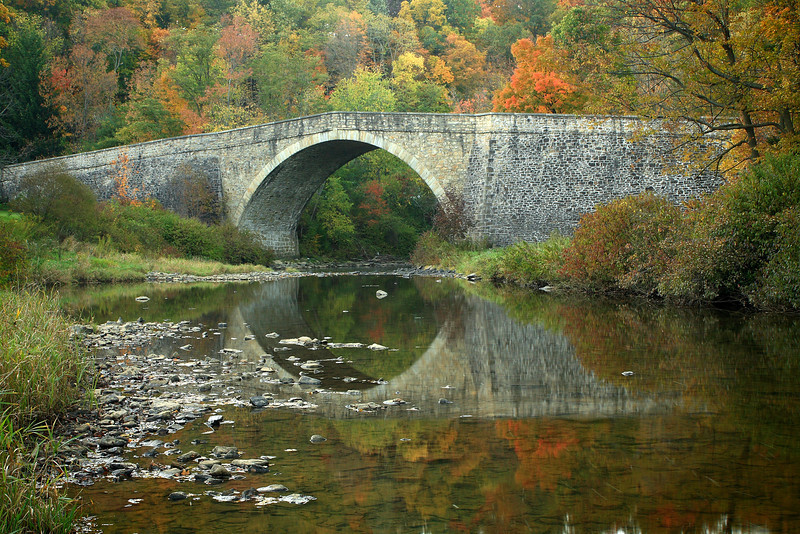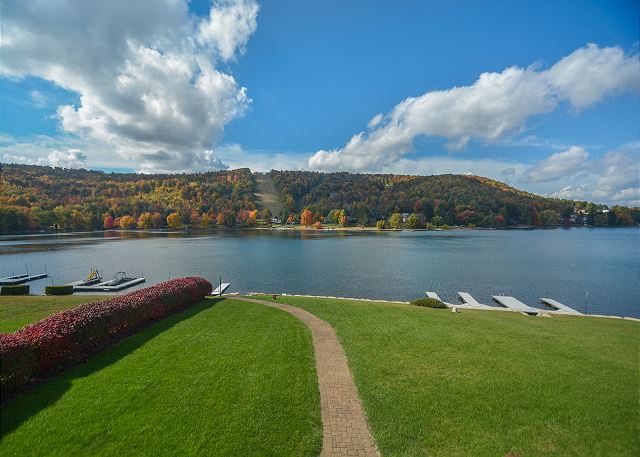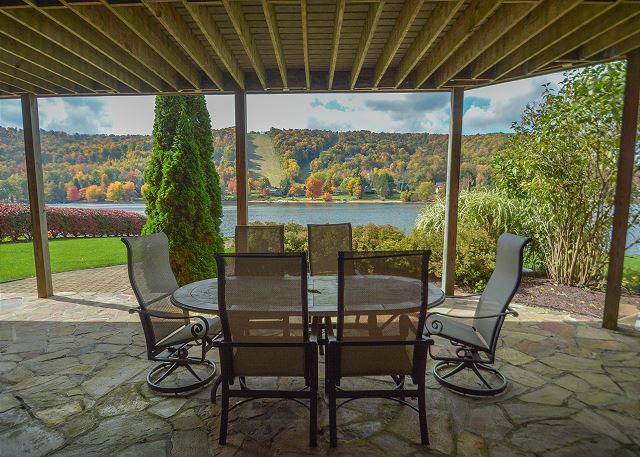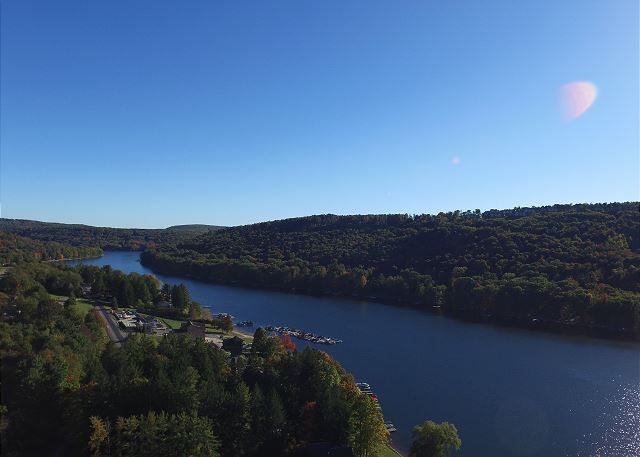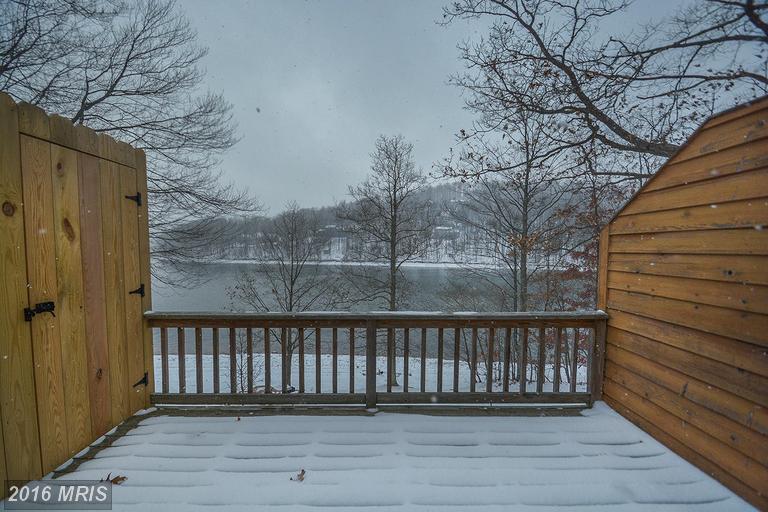MCHENRY — The Garrett County Chamber of Commerce’s 2017 legislative agenda includes a focus on tourism, infrastructure, education, health care, the business climate and economic and community development.
“Our committee and board of directors do a fantastic job developing a legislative agenda that helps me focus on specific issues and provides a guide of legislation for which to watch,” Nicole Christian, the chamber’s president and CEO, said.
Chamber officials plan to urge lawmakers to continue working with Pennsylvania and West Virginia to expedite the process for completing the U.S. Route 219 and U.S. 220 portions of the North/South Appalachian Highway.
As a total corridor, it is projected to create 10,000 permanent and 20,000 construction and construction-related jobs in the region, officials have said.
Portions of the U.S. 219 Somerset to Meyersdale project are on track to open next year.
The chamber’s top priorities, in order, are:
• Revising the Payment in Lieu of Taxes (PILOT) Program for reimbursement to counties for state-owned lands.
• Increasing tourism promotion funding to $11 million.
• Supporting the creation of the Rural Development Incentive Program.
• Supporting a pro-business environment in the state.
“The chamber’s Legislative Affairs Committee spends several months discussing what issues to include in the agenda and which ones to make our top priorities,” Shane Grady, chair of the chamber’s legislative affairs committee, said. “With only one senator (George Edwards) and one delegate (Wendell Beitzel) representing Garrett County in the legislature, it is important that we are vocal about our priorities and that we are aggressive with our advocacy efforts in order to make an impact.”
The General Assembly will consider more than 3,000 pieces of legislation during the session, Christian said.
To view the chamber’s legislative agenda in it’s entirety visit the website www.visitdeepcreek.com/pages/Legislative.
For more information, click here.


